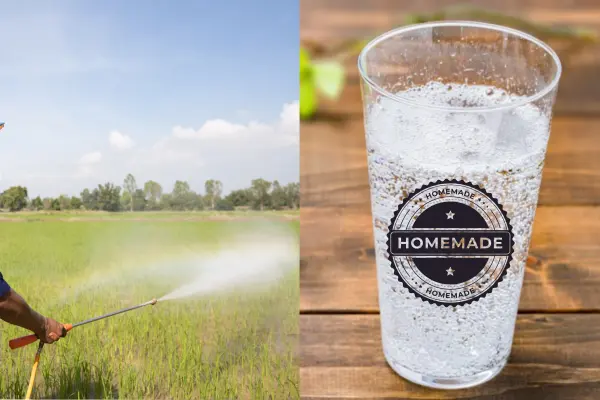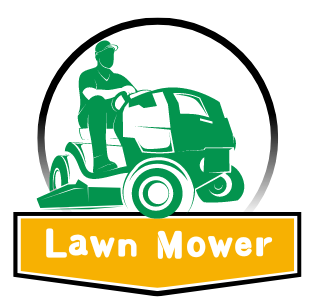If you want a lush, green lawn without spending big bucks on commercial products, you’re in the right place. Creating your own DIY lawn fertilizer is not only cost-effective, but it’s also safer for your family, pets, and the environment.
In this article, we’ll cover everything you need to know about homemade lawn fertilizers, including a proven recipe, how it works, and why it’s the best solution for a healthy yard.
Why Choose a Homemade DIY Lawn Fertilizer?
There are plenty of reasons to switch to homemade fertilizers:
Cost-Effective: Most ingredients can be found right in your pantry, saving you money on expensive store-bought options.
Eco-Friendly: By using natural, non-toxic ingredients, you avoid harmful chemicals that can seep into the soil and waterways.
Customizable: Tailor your fertilizer to suit your specific lawn needs—whether it’s improving soil texture or giving your grass a nitrogen boost.
Safe for Kids and Pets: No need to worry about harmful residues. DIY fertilizers are safe for families and pets to play on.
Best Homemade DIY Lawn Fertilizer Recipe

This tried-and-true recipe is easy to make and effective at greening up your lawn fast. Plus, all of the ingredients are easily accessible at your local grocery store.
Key Ingredients and Their Benefits
| Ingredient | Amount (for 20 gallons) | Purpose |
|---|---|---|
| Liquid Dish Soap | ½ cup | Acts as a wetting agent to improve water absorption. |
| Light Corn Syrup | ½ cup | Feeds soil microbes, improving soil health. |
| Liquid Feed Fertilizer | ½ cup | Provides essential nutrients like nitrogen, phosphorus, and potassium. |
| Clear Ammonia | 1 cup | Supplies nitrogen for grass growth. |
| Beer | 16 oz | Contains yeast and nutrients that promote grass health. |
Step-by-Step Instructions
Mix the Ingredients: Combine ½ cup of liquid dish soap, ½ cup of light corn syrup, ½ cup of liquid feed fertilizer, 1 cup of clear ammonia, and 16 oz of beer in a large container.
Dilute with Water: Add the mixture to 20 gallons of water and stir well.
Apply to Your Lawn: Using a garden sprayer, evenly distribute the fertilizer mixture over your lawn, making sure to cover all areas.
Water Before and After: Water the lawn before applying the fertilizer and again after to help it absorb into the soil.
How Often to Apply
For best results, apply this DIY fertilizer every 4-6 weeks during the growing season. Adjust the frequency based on your lawn’s specific needs and the weather conditions.
How Does the Homemade Fertilizer Work?

Let’s break down why these ingredients work so well:
Liquid Dish Soap: Dish soap acts as a surfactant, helping the fertilizer stick to the soil and leaves. It also allows water to penetrate deeper into the soil, preventing runoff and ensuring your lawn gets the hydration it needs.
Light Corn Syrup: Sugar in corn syrup feeds beneficial microbes in the soil, improving soil health. Healthier soil leads to stronger roots and greener grass.
Clear Ammonia: Ammonia provides a quick-release form of nitrogen, which is a key nutrient for grass growth. It promotes lush, green blades of grass and helps your lawn recover from wear and tear.
Beer: Believe it or not, beer contains nutrients like yeast and enzymes that benefit soil health. It feeds soil bacteria, which break down organic matter and release nutrients for your grass to absorb.
Expected Results
After applying this homemade lawn fertilizer, you should start seeing results in about 48 hours. Grass will appear greener, healthier, and more vibrant. If you’re skeptical, try treating half of your lawn and compare it to the untreated side—you’ll see a noticeable difference.
Alternatives and Modifications for DIY Lawn Fertilizers
Substitutes for Key Ingredients
Light Corn Syrup Substitute: If you don’t have light corn syrup on hand, you can use molasses as a substitute. Molasses contains more nutrients and minerals that can benefit the soil.
Organic Liquid Feed Alternatives: If you prefer an organic approach, consider using fish emulsion or compost tea instead of liquid feed fertilizer. Both options are rich in nutrients and environmentally friendly.
Additional Ingredients for Specific Lawn Needs
If your lawn needs a little extra care, you can modify the recipe to include these additional ingredients:
Epsom Salt: If your soil is magnesium-deficient, adding Epsom salt to your fertilizer will provide a boost of magnesium and sulfate, essential for plant growth.
Vinegar: For natural weed control, you can add a small amount of white vinegar to your fertilizer. Just be careful not to use too much, as it can also kill grass.
Conclusion
Homemade DIY lawn fertilizers are an excellent alternative to store-bought products, offering a cost-effective, safe, and customizable solution for a green, healthy lawn. By using ingredients like dish soap, corn syrup, and beer, you can feed your lawn the nutrients it needs without harming the environment. Best of all, you’ll see visible results in just 48 hours.
Give this recipe a try and watch your lawn transform into the envy of the neighborhood. Have you tried a homemade fertilizer before? Let us know in the comments below how it worked for you!
FAQS
Can DIY Lawn Fertilizer Harm My Grass?
When used properly, homemade lawn fertilizers are generally safe for all types of grass. However, like any fertilizer, over-application can lead to burning or other damage. Stick to the recommended amounts and frequency to avoid any issues.
How Long Does Homemade Fertilizer Last?
This fertilizer should be used immediately after mixing for the best results. If you need to store it, keep it in a sealed container in a cool, dry place and use it within a few days.
Is It Safe for All Types of Grass?
Yes, this DIY lawn fertilizer works on most common grass types, including Bermuda, fescue, and Kentucky bluegrass. Always test a small patch of grass first to ensure no adverse reactions.

